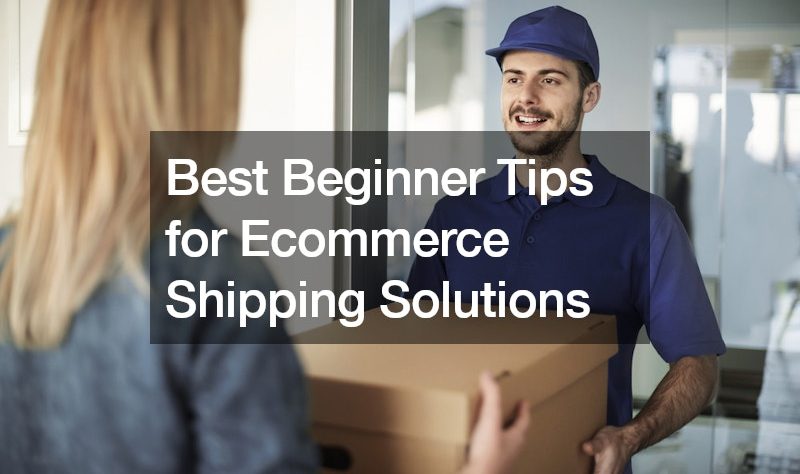
Ecommerce growth trends are shooting to the moon. Every year, more people are hopping online to buy things. If you’re planning to start an online business, there are various things to consider. Firstly, why do you want to start an online business? What’s your big dream? It’s important to have a vision for the future, not just about being your own boss.
Your store name should be easy to understand. It’s prudent to opt for domain names ending in “.
store.” They tell people exactly what you’re selling. Another key thing is keeping good track of your finances. Use tools like QuickBooks and have a separate bank account for your business. A bookkeeper and a CPA can also be a big help.
Now, where are you going to sell your stuff? You can use Shopify, Squarespace, WooCommerce, Wix, or Ecwid. Shopify lets you design your online store, but you won’t have a built-in audience. On the other hand, be prepared to scale fast in case your business suddenly takes off. Make sure you have enough inventory, packing materials, and a way to get more supplies fast.
You also need a system to pack orders quickly. Some tools make things easier, too. Consider tools for ecommerce shipping solutions, branding, and email marketing. Speedy delivery is the name of the game in ecommerce. Customers love getting their goodies fast. So, figure out the fastest shipping options that won’t break the bank.
.

Getting started with ecommerce shipping involves several steps to ensure that you can efficiently deliver your products to customers. Effective shipping strategies enhance customer satisfaction, encourage repeat business, and can even become a competitive advantage. Here’s a guide on how to begin:
1. Understand Your Product Details
First, know the specifics of what you’ll be shipping. This includes the weight, dimensions, and nature (fragile, perishable, etc.) of your products. These details will influence your choice of packaging, shipping methods, and costs.
2. Choose the Right Packaging
Select packaging that ensures your products arrive safely and in good condition. Use sturdy boxes, sufficient padding, and consider environmentally friendly options to appeal to eco-conscious consumers. The right packaging reduces the risk of damage, which can lead to returns and customer dissatisfaction.
3. Select Your Shipping Carriers
Research and select shipping carriers based on reliability, speed, cost, and service area. Major carriers like UPS, FedEx, and USPS offer various options tailored to different needs. Also, consider regional carriers for potentially lower costs or faster delivery within specific areas.
4. Determine Your Shipping Strategy
Decide on your shipping strategy:
- Free Shipping: This can increase conversions but might reduce your profit margin unless you increase product prices to cover costs.
- Flat Rate Shipping: A single rate for all shipments, regardless of size or distance.
- Exact Cost Shipping: Charge customers the exact cost of shipping as calculated by carriers.
- Tiered Pricing: Adjust shipping costs based on the price or weight of the order.
5. Set Up Your Shipping Rates and Methods
Configure your ecommerce platform to handle your chosen shipping strategy. Most platforms allow you to integrate directly with carriers to automatically calculate shipping costs and print shipping labels.
6. Consider Using a Fulfillment Service
If shipping logistics are too complex or time-consuming, consider outsourcing to a fulfillment service like Amazon FBA, ShipBob, or a local third-party logistics provider. They handle storage, packaging, and shipping, which can simplify operations, especially as you scale.
7. Develop Clear Shipping Policies
Create clear shipping policies and make them easily accessible on your website. Include information on shipping options, expected delivery times, costs, and procedures for returns and exchanges. Transparent policies help manage customer expectations and reduce inquiries and complaints.
8. Implement an Inventory Management System
Use an inventory management system to track stock levels, orders, and deliveries. Good inventory management ensures that you can fulfill orders promptly and accurately, which is crucial for maintaining customer satisfaction.
9. Test and Optimize
After setting up your shipping processes, monitor performance and gather customer feedback. Use this information to identify areas for improvement, such as packaging options, choosing different carriers, or tweaking your shipping policies.
10. Stay Compliant with Regulations
Ensure that you comply with all relevant shipping regulations, especially if you are shipping internationally. This includes customs regulations, prohibited items, and necessary documentation to avoid delays or legal issues.
By following these steps, you can establish an effective ecommerce shipping process that meets the needs of your business and your customers. Good shipping practices are integral to ecommerce success, impacting everything from customer satisfaction to profitability. Find a provider that works with similar products to yours today!
